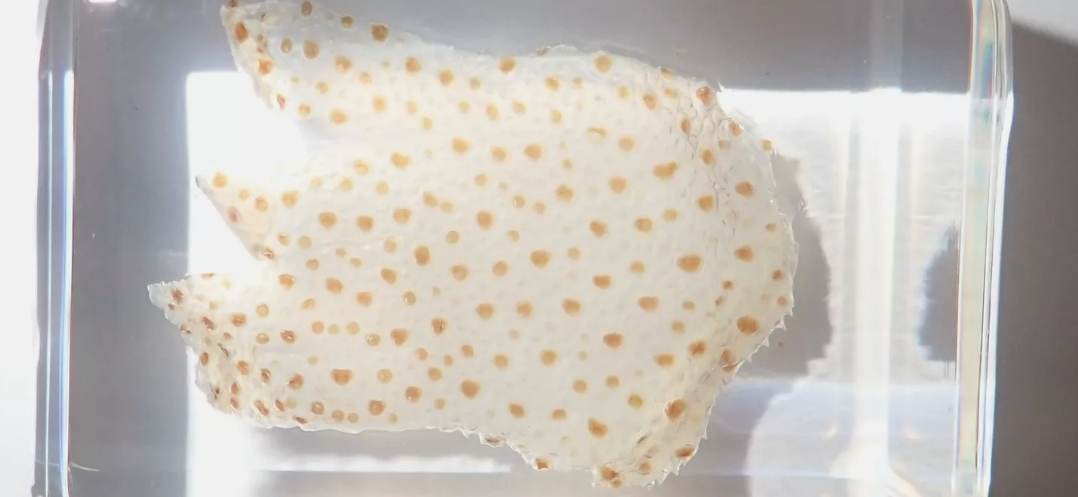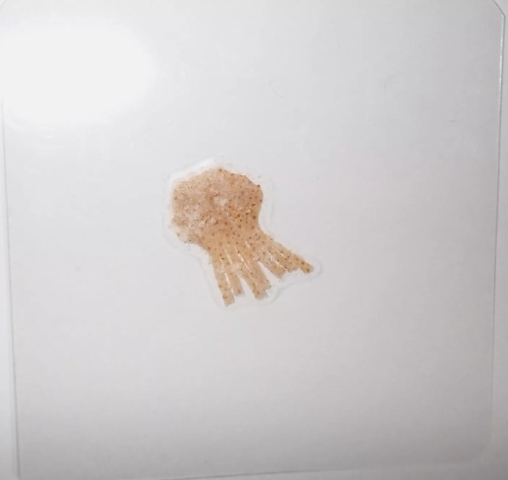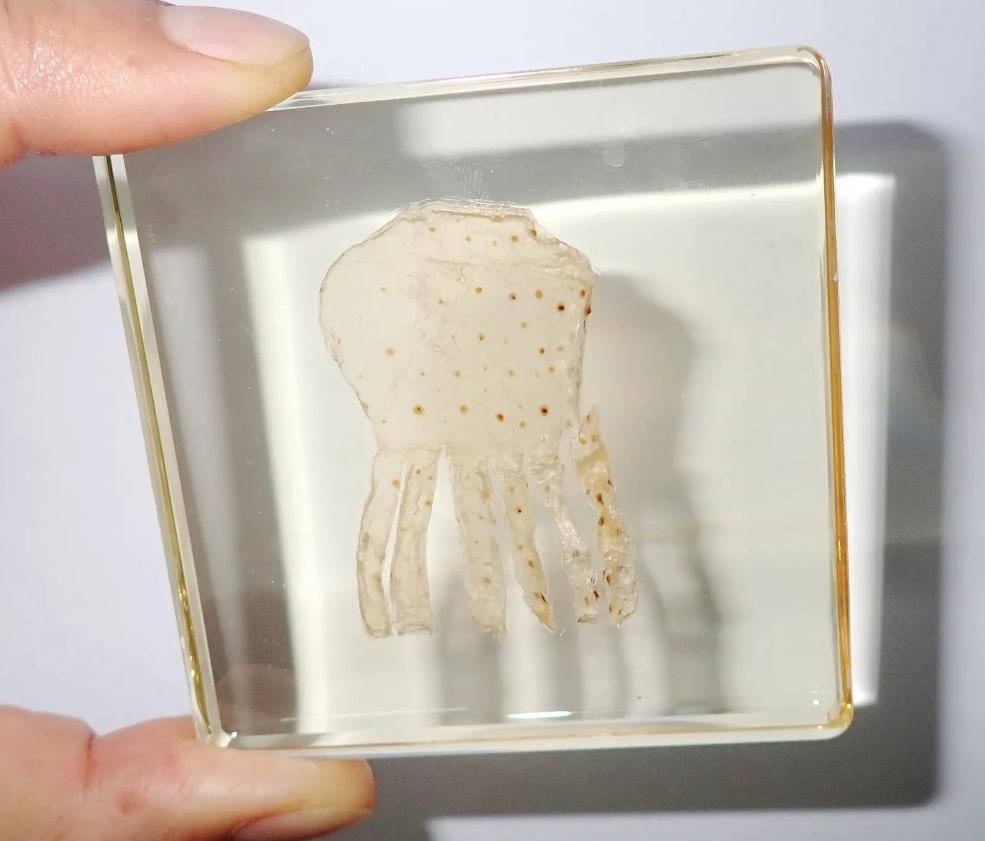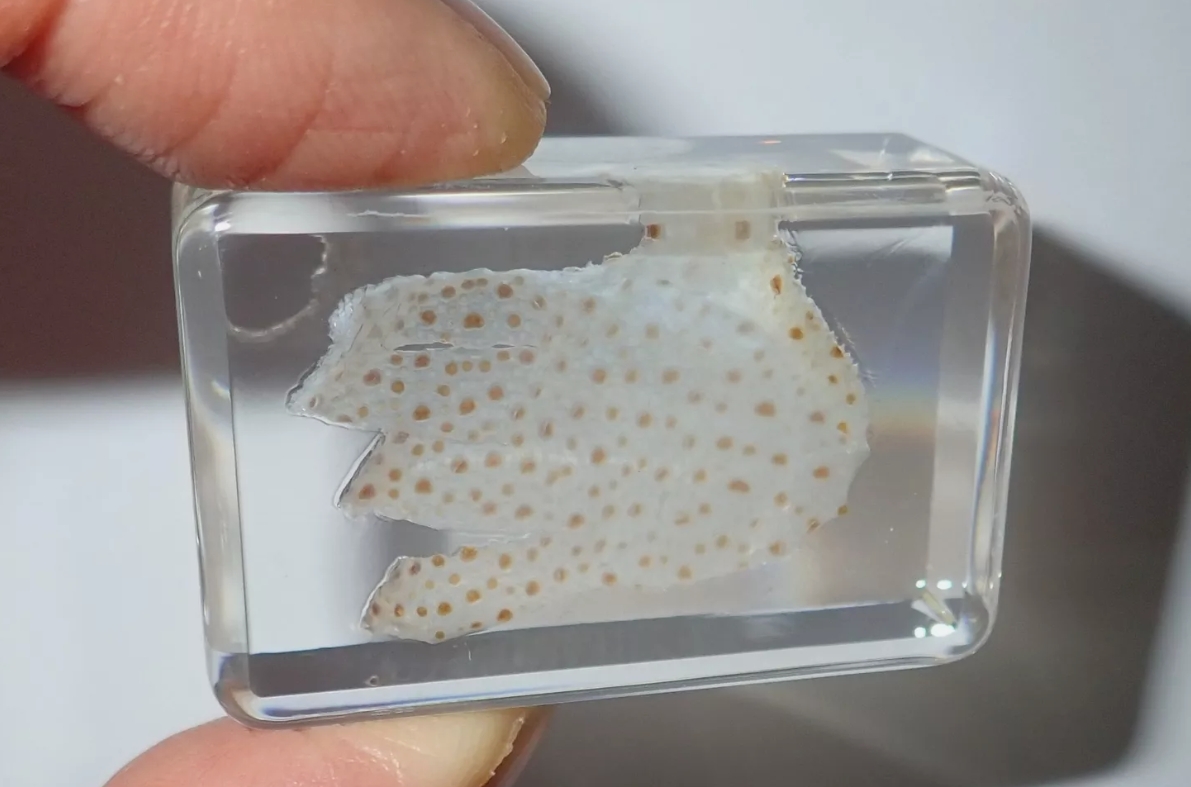Jellyfish are ancient and mysterious sea creatures, their body structure is simple, mainly composed of water, showing a transparent and soft form. Specimens of jellyfish often exhibit unique and elegant forms that have attracted the attention of many biologists and ocean enthusiasts. The design of its umbrella body and tentacles allows the jellyfish to float gracefully in the water, like a flower in the water.
Jellyfish specimens vary in color and size, with some appearing pale blue or pink, while others are harsh fluorescent. Their tentacles are covered with tiny stinging cells that release venom for hunting prey or self-defense. This unique physiological structure makes jellyfish play an important role in the Marine ecosystem. Through specimen observation, the distribution and structure of these cnidocytes can be clearly seen, which is amazing in the ingenious design of nature.
In scientific research, jellyfish specimens are often used as tools to observe biological physiological characteristics and ecological behavior. Because of their importance in the ecological chain, jellyfish can be used as indicators of environmental changes and water quality conditions. Careful study of specimens helps scientists understand Marine biodiversity and its interactions with the environment. In addition, certain species of jellyfish have been found to have regenerative abilities, capable of regrowing after injury and even coming back to life under extreme conditions, which has led to extensive research into their regenerative mechanisms.
In recent years, with the increasing awareness of Marine conservation,jellyfish specimens have also become an important tool for education and publicity. Through the display of jellyfish specimens,the public can have a deeper understanding of the beauty and fragility of Marine life,and raise the attention of Marine ecological protection.




